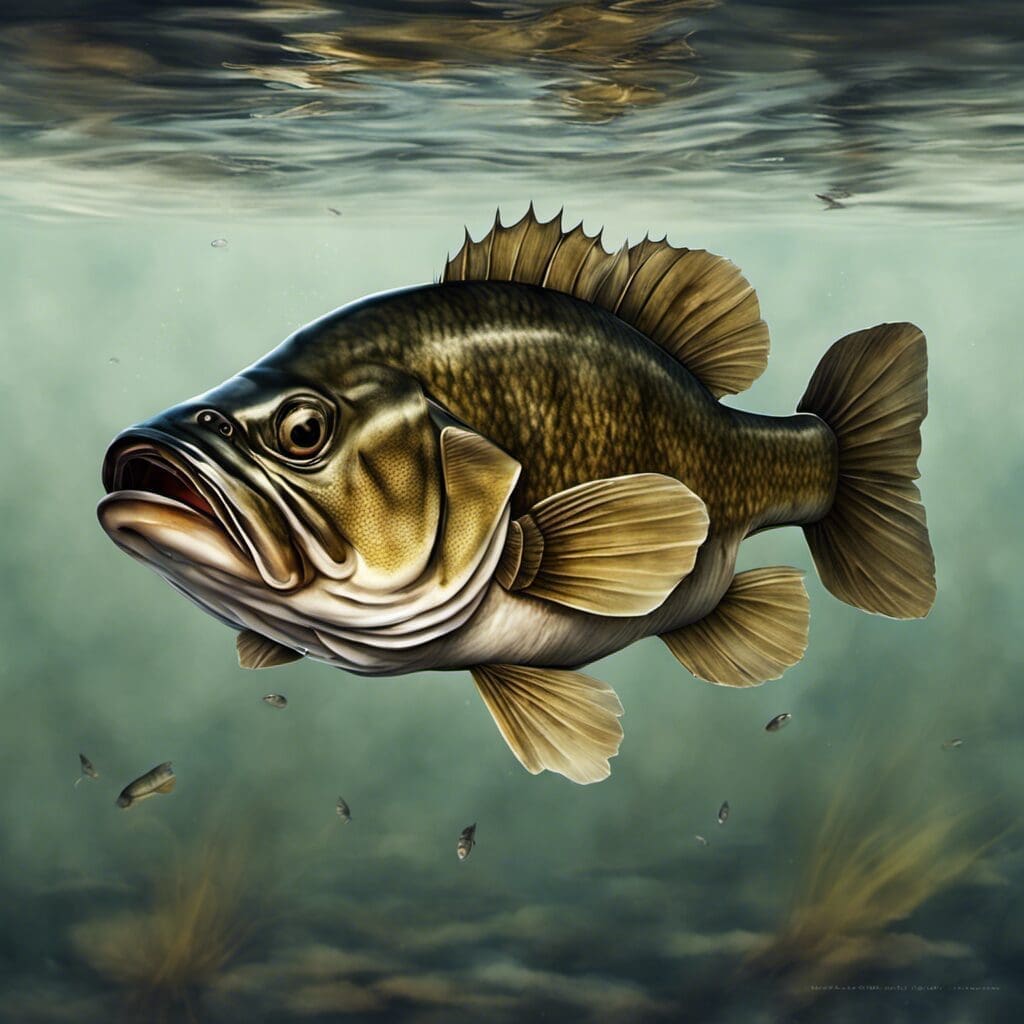Introduction
The Smallmouth Bass, scientifically named Micropterus dolomieu, is a species in the Sunfish Family – Centrarchidae.
Conservation Status
The Smallmouth Bass is currently in the “Least Concern” category of the conservation status because of its wide dispersion and healthy population. Conservation efforts include habitat protection and catch limits imposed in some jurisdictions to ensure a sustainable population.
Statistics
| Statistic Name | Value |
|---|---|
| Average Length (cm) | 30-50 |
| Length Range (cm) | 12-70 |
| Average Weight (kg) | 1-2.5 |
| Weight Range (kg) | 0.5-5.5 |
| Average Lifespan | 10-15 years |
Distribution
Smallmouth Bass primarily inhabit the central and eastern regions of North America, extending into Canada. Seasonal migrations include moving to deeper waters in winter and towards spawning areas in the spring.
Habitats
The preferred habitat of Smallmouth Bass is clear, cool, oxygen-rich waters. They are often found at depths less than 20 meters in lakes and medium to large rivers. Their temperature range varies between 65 to 75 degrees Fahrenheit.
When and Where to See
Smallmouth Bass tends to be more active in warmer months from April to September. They are typically more active during dawn and dusk when they feed.
Best Fishing Locations
Some of the best places in North America to fish for Smallmouth Bass include:
- Lake St. Clair, Michigan
- Mille Lacs Lake, Minnesota
- Lake Erie
- Mississippi River
- Lake Champlain, Vermont
For best results, look for areas with rocky bottom or water vegetation as these are common habitats.
How to Catch
Smallmouth Bass responds well to live bait such as minnows, leeches, and night crawlers. Popular fishing techniques include fly fishing, trolling, and bottom fishing.
Identification Guide
Smallmouth Bass are brown to golden in color with dark vertical bands. They also have a series of dark marks on their sides. They have a longer body compared to other bass species.
Culinary
When cooked, Smallmouth Bass has a light, slightly sweet flavor with a medium-firm texture. Its nutritional profile includes high protein and low fat. Some popular recipes include grilling or pan-searing with herbs and spices.
Additional Information
Smallmouth Bass are carnivorous, feeding on insects, crayfish, and smaller fish. Their natural predators include larger fish, birds, and humans. They are a popular game fish and have significant cultural importance, especially in North America’s fishing communities.
References and Further Reading
For more information, check publications and websites that provide more detailed insights on Smallmouth Bass. Always ensure to respect local fishing regulations to help conserve this important species

